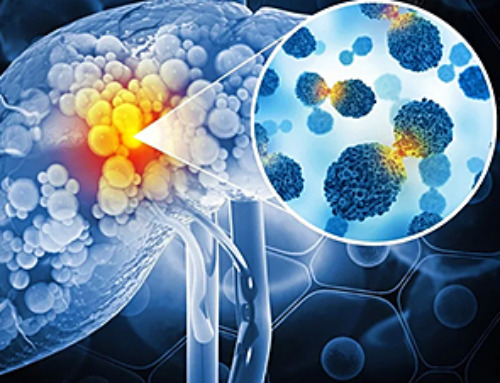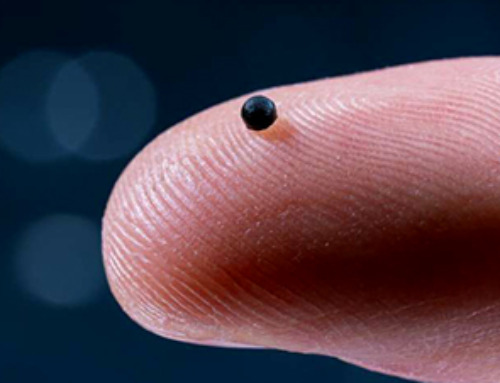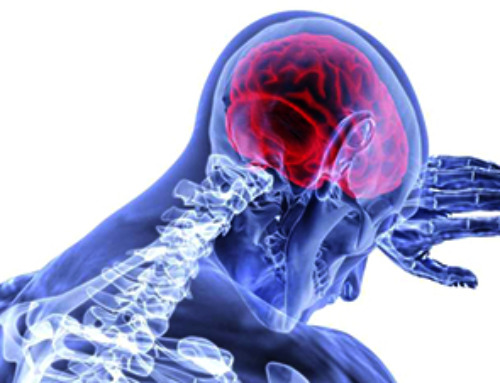Researchers suggest that examining the inner workings of cells more closely could help physicians detect diseases earlier and more accurately match patients with effective therapies.
Researchers at McGill University have created an artificial intelligence tool capable of uncovering disease markers that were previously hidden within individual cells.
The study, published in Nature Communications, describes how this new system, called DOLPHIN, could eventually help physicians detect diseases at earlier stages and make more informed decisions about treatment strategies.
"This tool has the potential to help doctors match patients with the therapies most likely to work for them, reducing trial-and-error in treatment," said senior author Jun Ding, assistant professor in McGill's Department of Medicine and a junior scientist at the Research Institute of the McGill University Health Centre.
Zooming in on genetic building blocks
According to the team, disease markers often appear as subtle shifts in RNA expression, offering clues about whether an illness is present, how serious it might become, or how it could react to specific therapies.
Traditional gene-level analysis methods tend to combine these signals into a single count for each gene, which can hide important variations and provide only a limited view of what is happening inside the cell.
Now, advances in artificial intelligence have made it possible to capture the fine-grained complexity of single-cell data. DOLPHIN moves beyond gene-level, zooming in to see how genes are spliced together from smaller pieces called exons to provide a clearer view of cell states.
"Genes are not just one block, they're like Lego sets made of many smaller pieces," said first author Kailu Song, a PhD student in McGill's Quantitative Life Sciences program. "By looking at how those pieces are connected, our tool reveals important disease markers that have long been overlooked."
In one test case, DOLPHIN analyzed single-cell data from pancreatic cancer patients and found more than 800 disease markers missed by conventional tools. It was able to distinguish patients with high-risk, aggressive cancers from those with less severe cases, information that would help doctors choose the right treatment path.
A step toward 'virtual cells'
More broadly, the breakthrough lays the foundation for achieving the long-term goal of building digital models of human cells. DOLPHIN generates richer single-cell profiles than conventional methods, enabling virtual simulations of how cells behave and respond to drugs before moving to lab or clinical trials, saving time and money.
The researchers' next step will be to expand the tool's reach from a few datasets to millions of cells, paving the way for more accurate virtual cell models in the future.
Reference: "DOLPHIN advances single-cell transcriptomics beyond gene level by leveraging exon and junction reads" by Kailu Song, Yumin Zheng, Bowen Zhao, David H. Eidelman, Jian Tang and Jun Ding, 4 July 2025, Nature Communications.
DOI: 10.1038/s41467-025-61580-w
This research was supported the Meakins-Christie Chair in Respiratory Research, the Canadian Institutes of Health Research, the Natural Sciences and Engineering Research Council of Canada and the Fonds de recherche du Québec.
News
Vision can be rebooted in adults with amblyopia, study suggests
Temporarily anesthetizing the retina briefly reverts the activity of the visual system to that observed in early development and enables growth of responses to the amblyopic eye, new research shows. In the common vision [...]
Ultrasound-activated Nanoparticles Kill Liver Cancer and Activate Immune System
A new ultrasound-guided nanotherapy wipes out liver tumors while training the immune system to keep them from coming back. The study, published in Nano Today, introduces a biodegradable nanoparticle system that combines sonodynamic therapy and cell [...]
Magnetic nanoparticles that successfully navigate complex blood vessels may be ready for clinical trials
Every year, 12 million people worldwide suffer a stroke; many die or are permanently impaired. Currently, drugs are administered to dissolve the thrombus that blocks the blood vessel. These drugs spread throughout the entire [...]
Reviving Exhausted T Cells Sparks Powerful Cancer Tumor Elimination
Scientists have discovered how tumors secretly drain the energy from T cells—the immune system’s main cancer fighters—and how blocking that process can bring them back to life. The team found that cancer cells use [...]
Very low LDL-cholesterol correlates to fewer heart problems after stroke
Brigham and Women's Hospital's TIMI Study Group reports that in patients with prior ischemic stroke, very low achieved LDL-cholesterol correlated with fewer major adverse cardiovascular events and fewer recurrent strokes, without an apparent increase [...]
“Great Unified Microscope” Reveals Hidden Micro and Nano Worlds Inside Living Cells
University of Tokyo researchers have created a powerful new microscope that captures both forward- and back-scattered light at once, letting scientists see everything from large cell structures to tiny nanoscale particles in a single shot. Researchers [...]
Breakthrough Alzheimer’s Drug Has a Hidden Problem
Researchers in Japan found that although the Alzheimer’s drug lecanemab successfully removes amyloid plaques from the brain, it does not restore the brain’s waste-clearing system within the first few months of treatment. The study suggests that [...]
Concerning New Research Reveals Colon Cancer Is Skyrocketing in Adults Under 50
Colorectal cancer is striking younger adults at alarming rates, driven by lifestyle and genetic factors. Colorectal cancer (CRC) develops when abnormal cells grow uncontrollably in the colon or rectum, forming tumors that can eventually [...]
Scientists Discover a Natural, Non-Addictive Way To Block Pain That Could Replace Opioids
Scientists have discovered that the body can naturally dull pain through its own localized “benzodiazepine-like” peptides. A groundbreaking study led by a University of Leeds scientist has unveiled new insights into how the body manages pain, [...]
GLP-1 Drugs Like Ozempic Work, but New Research Reveals a Major Catch
Three new Cochrane reviews find evidence that GLP-1 drugs lead to clinically meaningful weight loss, though industry-funded studies raise concerns. Three new reviews from Cochrane have found that GLP-1 medications can lead to significant [...]
How a Palm-Sized Laser Could Change Medicine and Manufacturing
Researchers have developed an innovative and versatile system designed for a new generation of short-pulse lasers. Lasers that produce extremely short bursts of light are known for their remarkable precision, making them indispensable tools [...]
New nanoparticles stimulate the immune system to attack ovarian tumors
Cancer immunotherapy, which uses drugs that stimulate the body’s immune cells to attack tumors, is a promising approach to treating many types of cancer. However, it doesn’t work well for some tumors, including ovarian [...]
New Drug Kills Cancer 20,000x More Effectively With No Detectable Side Effects
By restructuring a common chemotherapy drug, scientists increased its potency by 20,000 times. In a significant step forward for cancer therapy, researchers at Northwestern University have redesigned the molecular structure of a well-known chemotherapy drug, greatly [...]
Lipid nanoparticles discovered that can deliver mRNA directly into heart muscle cells
Cardiovascular disease continues to be the leading cause of death worldwide. But advances in heart-failure therapeutics have stalled, largely due to the difficulty of delivering treatments at the cellular level. Now, a UC Berkeley-led [...]
The basic mechanisms of visual attention emerged over 500 million years ago, study suggests
The brain does not need its sophisticated cortex to interpret the visual world. A new study published in PLOS Biology demonstrates that a much older structure, the superior colliculus, contains the necessary circuitry to perform the [...]
AI Is Overheating. This New Technology Could Be the Fix
Engineers have developed a passive evaporative cooling membrane that dramatically improves heat removal for electronics and data centers Engineers at the University of California San Diego have created an innovative cooling system designed to greatly enhance [...]





















